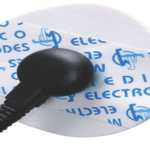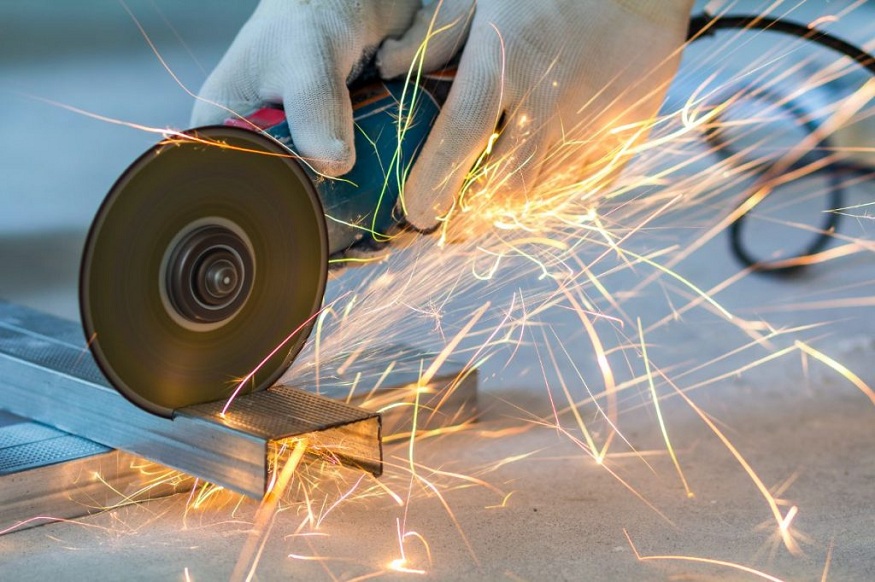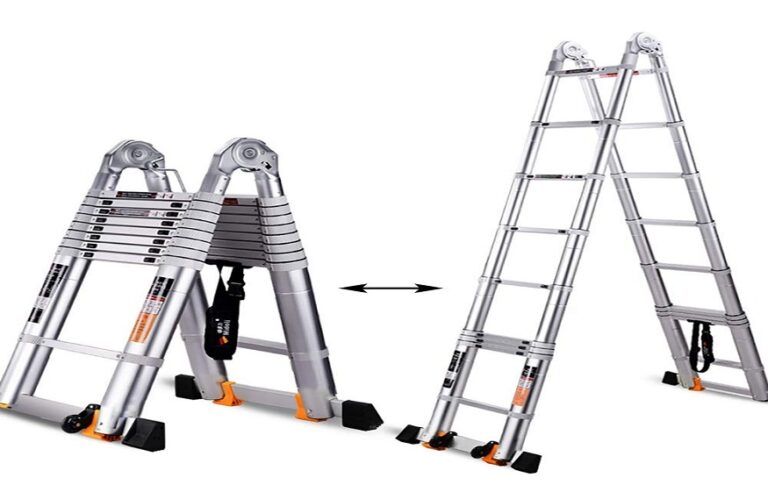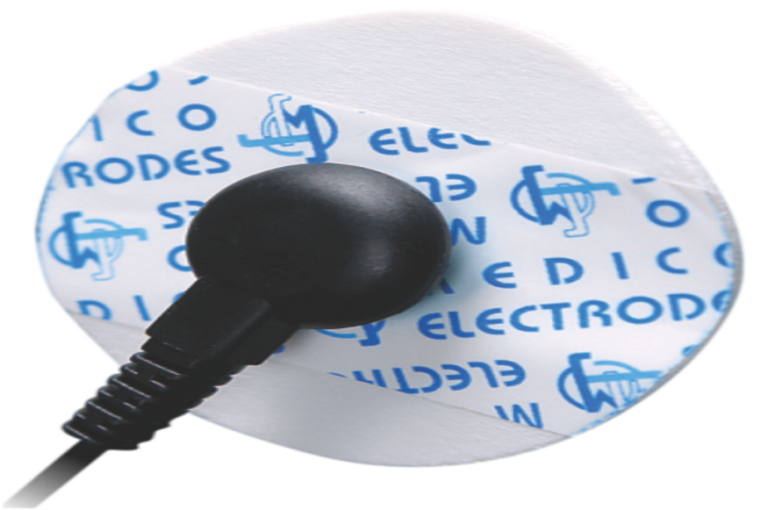In the dynamic realm of metalworking, sheet metal cutting tools play an indispensable role in shaping and fabricating a vast array of products that we encounter and rely upon in our daily lives. From the sleek and sophisticated casing of our smartphones to the sturdy and robust frames of automobiles, these innovative tools serve as the backbone of countless manufacturing processes, enabling the creation of essential components and structures that undergird modern society. In this comprehensive article, we’ll embark on an immersive exploration of the fascinating world of sheet metal cutting tools, delving into their diverse applications, examining the cutting-edge technologies that drive their remarkable precision and efficiency, and unveiling the ways in which these tools have revolutionized various industries.
Sheet metal cutting tools encompass a versatile range of instruments meticulously designed to precisely cut, shear, and manipulate thin, flat pieces of metal known as sheet metal. These specialized tools span a wide spectrum, ranging from traditional hand-operated shears and nibbling tools to sophisticated computer-controlled machines like CNC (Computer Numerical Control) laser cutting systems and state-of-the-art plasma cutters. Each tool within this expansive arsenal serves a specific purpose, catering to different material thicknesses, cutting requirements, and production volumes, ensuring that manufacturers have access to the right tools for every job, no matter how intricate or demanding.
Traditional Sheet Metal Cutting Tools:
- Snips and Shears: Hailed as the workhorses of sheet metal fabrication, these hand-operated tools have stood the test of time, providing invaluable support to metalworkers worldwide. Snips, with their diverse array of shapes, including straight, curved, and aviation variants, offer unparalleled versatility, enabling intricate cuts and precise trimming operations. Shears, on the other hand, are designed to excel in straight-line cuts, making them an essential tool in workshops and smaller fabrication facilities alike.
- Nibbling Tools: Also referred to as holesaws or hole punches, nibbling tools are indispensable for creating precise openings and cutouts in sheet metal. These specialized tools work by progressively removing small portions of the material, resulting in clean and accurate holes or shapes that adhere to the highest standards of precision.
- Notchers and Cornering Machines: Occupying a unique niche within the realm of sheet metal fabrication, these specialized tools are employed for creating intricate notches, corners, and flanges in sheet metal components. They are particularly invaluable in the fabrication of ductwork, HVAC systems, and architectural metalwork, where precise cuts and angles are paramount to ensuring optimal performance and structural integrity.
While traditional tools have secured their place in the annals of metalworking history, the advent of computer-controlled cutting technologies has ushered in a new era of innovation, revolutionizing the sheet metal industry and enabling faster, more precise, and remarkably efficient manufacturing processes.
CNC Laser Cutting Systems: The Cutting Edge of Precision
CNC (Computer Numerical Control) laser cutting systems stand at the vanguard of modern sheet metal fabrication, representing the pinnacle of technological advancement in this field. These highly advanced machines harness the power of a high-intensity laser beam to cut through sheet metal with astonishing accuracy and speed. The laser beam, guided by a sophisticated computer-controlled optics system, can effortlessly cut through a wide range of materials, including mild steel, stainless steel, aluminium, and even non-metallic materials such as plastics and advanced composites.
One of the key advantages that sets CNC laser cutting systems apart is their unparalleled ability to produce intricate and complex shapes with exceptional precision. These systems can seamlessly cut curves, angles, and intricate patterns with a level of accuracy that was once unimaginable, making them an invaluable asset for applications such as signage, architectural metalwork, and the fabrication of custom-designed components.
Moreover, CNC laser cutting systems are renowned for their remarkable efficiency, greatly reducing material waste and minimizing production time. The laser beam’s ability to cut through multiple layers of sheet metal simultaneously further amplifies productivity, rendering these systems a cost-effective solution for high-volume manufacturing operations.
Applications of sheet metal cutting tools
The versatility of sheet metal cutting tools extends across a multitude of industries and applications, each one contributing to the fabric of our modern world. Here are just a few examples that showcase the indispensable nature of these tools:
- Automotive Industry: At the forefront of innovation, the automotive industry relies heavily on sheet metal cutting tools to fabricate a wide range of components, from sleek body panels and frames to structural components that ensure the safety and integrity of vehicles. CNC laser cutting systems, in particular, have proven invaluable in this sector, enabling the production of complex, custom-designed parts with unparalleled precision and efficiency.
- Aerospace Industry: The relentless pursuit of lightweight yet exceptionally strong components in the aerospace industry has rendered sheet metal cutting tools indispensable. Laser cutting systems are commonplace in this field, used to fabricate critical aircraft components such as fuselage sections, wing components, and intricate interior fittings, ensuring that these engineering marvels can soar to new heights while adhering to stringent safety and performance standards.
- Construction and Architecture: The construction and architectural sectors have embraced the power of sheet metal cutting tools, leveraging their capabilities to create visually stunning and structurally sound components. From façades and roofing systems to decorative elements and structural components, these tools have enabled architects and builders to push the boundaries of design, bringing their bold visions to life with unparalleled precision and artistry.
- Signage and Artwork: The ability of CNC laser cutting systems to create intricate designs and patterns has propelled them to the forefront of the signage and artwork industries. Artists and designers can now translate their most intricate visions into reality, unleashing their creativity and producing visually captivating pieces that captivate and inspire audiences worldwide.
- HVAC and Ductwork: In the realm of heating, ventilation, and air conditioning (HVAC) systems, as well as ductwork fabrication, sheet metal cutting tools reign supreme. Notchers, cornering machines, and CNC laser cutting systems are instrumental in creating custom-fitted ducts, vents, and components that ensure optimal air flow and temperature regulation in residential and commercial buildings alike.
- Manufacturing and Prototyping: Across a vast array of manufacturing sectors, sheet metal cutting tools have become indispensable for producing prototypes, fixtures, and custom-designed components. CNC laser cutting systems, in particular, have revolutionized the prototyping process, enabling rapid iteration and small-batch production, thus facilitating innovation and driving product development forward at an unprecedented pace.
Conclusion
As technology continues its relentless march forward, the capabilities of sheet metal cutting tools are constantly expanding, enabling ever-greater levels of precision, efficiency, and versatility in manufacturing processes. From traditional hand tools that have stood the test of time to state-of-the-art CNC laser cutting systems that push the boundaries of what is possible, these cutting tools are the unsung heroes responsible for shaping the world around us, one meticulously crafted piece at a time.


















+ There are no comments
Add yours